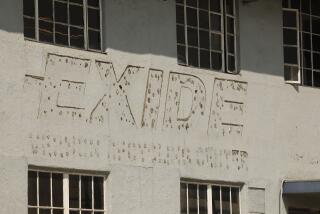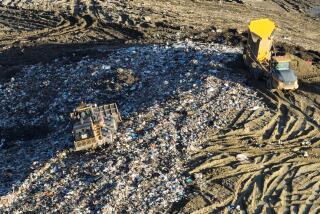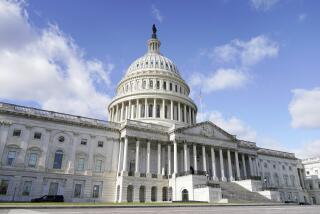States Allow 7 Toxic Waste Sites on EPA List to Expand
- Share via
WASHINGTON — Seven hazardous waste sites on the Environmental Protection Agency’s Superfund priority cleanup list are among 400 municipal landfills permitted by states to expand in the last few years, the General Accounting Office reported Thursday.
GAO, the investigative arm of Congress, conducted a 50-state survey to chronicle a widespread expansion of municipal landfills by communities struggling with shortages of space to handle trash.
Between October, 1986, and October, 1988, 42 states received 640 municipal landfill expansion applications and approved 396 of them, the report said.
Seventy-two applications were denied and 172 were awaiting action at the end of the survey period.
Eight states said similar information was not available.
“This is the first time anyone has inventoried the landfill side of Superfund,” said Andrew McElwaine, an aide to Sen. John Heinz (R-Pa.), who requested the study with Rep. Bill Goodling, (R-Pa.).
Of special concern to the lawmakers was the finding that 14 landfills on EPA’s Superfund list had applied to states to expand and that seven had been approved. One permit was denied and six were pending as of late last year, GAO said.
Three of the seven landfills allowed to expand are in Pennsylvania, and the others are in Colorado, Indiana, Oklahoma and Wisconsin, GAO said. It did not identify them.
There are no rules against such expansions. GAO said all the states granting approvals required development of a cleanup plan, with the exception of Oklahoma, where the operator had to close the original site or post a bond to pay for proper closure of the landfill eventually.
Heinz and Goodling requested the survey after learning that a Superfund site in Goodling’s southeastern Pennsylvania district had aroused citizen concerns by asking the state for permission to expand. The application was recently rejected, Goodling said.
McElwaine identified the site as the Keystone Sanitation Landfill in Adams County, near the Maryland border. It was placed on the Superfund list in July, 1987, making it eligible for federal cleanup money. Tests conducted by EPA and the state found that ground water on and off the site had been contaminated by lead and other pollutants.
Under the Superfund program, states and EPA track down individuals or companies responsible for the dumping of hazardous wastes and try to make them pay for the cleanup.
More to Read
Sign up for Essential California
The most important California stories and recommendations in your inbox every morning.
You may occasionally receive promotional content from the Los Angeles Times.










